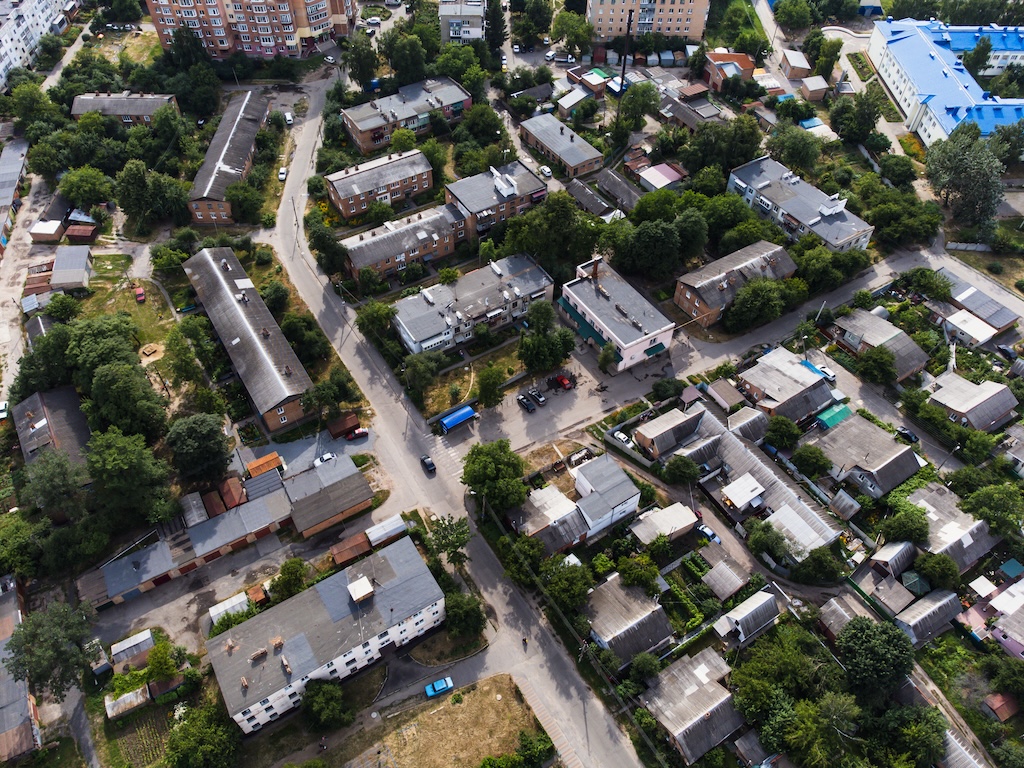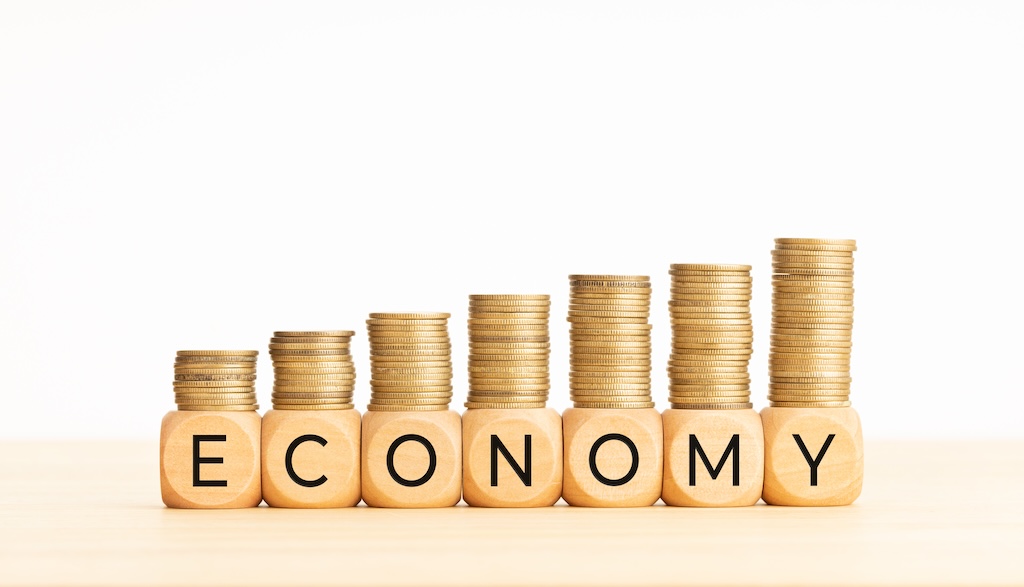In a world grappling with climate change, resource scarcity, and environmental degradation, sustainable economic development is no longer a choice—it’s a necessity. Emerging nations, particularly those with growing populations and rapidly expanding economies, face the delicate challenge of balancing industrial growth with environmental stewardship. Countries like China and India have recognized that future economic growth must be sustainable, driven by investments in green energy, stricter environmental regulations, and the adoption of circular economy principles.
This article delves into the policies and strategies needed to design a sustainable economy, comparing China’s significant investments in green technology with India’s growing initiatives in the renewable energy sector. By examining these two global players, we gain insights into how emerging nations can spearhead sustainable growth.

The Urgency of Sustainable Economic Development
Sustainable economic development involves fostering growth while ensuring that natural resources are used responsibly, ecosystems are preserved, and social equity is promoted. This is especially important for emerging markets, where rapid industrialization and urbanization often result in environmental degradation and a sharp rise in carbon emissions.
Emerging economies face a dual challenge: lifting millions out of poverty while minimizing their ecological footprint. To navigate this tension between economic growth and environmental protection, a shift toward a sustainable economy is required—one where prosperity is no longer tied to resource depletion or environmental harm. The transition involves:
- Moving towards clean and renewable energy sources,
- Enforcing stringent environmental regulations,
- Encouraging businesses and consumers to adopt circular economy principles.
The Role of Policy in Building a Sustainable Economy
Government policies play a central role in driving sustainable economic development. A nation’s approach to green energy, environmental regulation, and investment in circular economies can either accelerate or hinder its transition to sustainability. These policies must align with global environmental goals, such as the Paris Agreement, and be integrated into broader economic strategies.
Policies for sustainable development typically fall into three categories:
- Green Energy Investments: Financing and incentivizing the development of renewable energy sources, such as solar, wind, and hydroelectric power.
- Environmental Regulations: Enforcing standards that limit pollution, conserve natural resources, and protect ecosystems.
- Circular Economy Initiatives: Promoting business models and consumer behaviors that focus on resource efficiency, waste reduction, and recycling.
China: A Global Leader in Green Technology Investment
China’s rapid industrialization has come with significant environmental costs, such as air pollution, water scarcity, and high carbon emissions. However, over the past decade, China has made substantial efforts to position itself as a global leader in green technology and sustainable development. The Chinese government has recognized that addressing environmental degradation is essential for long-term economic stability and global competitiveness.
China’s Green Energy Revolution
China’s investments in renewable energy have been transformative. As the largest producer of solar panels and wind turbines, the country is a key player in the global renewable energy market. According to the International Energy Agency (IEA), China accounts for more than 40% of global renewable energy capacity. Some key aspects of China’s green energy strategy include:
- Massive Investments in Solar and Wind Energy: By 2022, China had installed over 1,200 GW of renewable energy capacity, with solar and wind power leading the charge.
- State-Led Policies and Subsidies: The government has implemented subsidies, tax breaks, and incentives to promote renewable energy projects, with state-owned enterprises playing a central role.
- Technological Innovation in Energy Storage: To overcome the intermittency issues of renewable energy, China has heavily invested in advanced battery systems.
- Belt and Road Initiative (BRI) and Green Technology Exports: China’s global infrastructure project increasingly includes green energy initiatives, with Chinese companies exporting renewable energy technologies to other developing countries.
Environmental Regulations and Their Impact
China’s 13th and 14th Five-Year Plans emphasize reducing carbon emissions, improving air and water quality, and promoting green technologies. Some of the most impactful policies include:
- Carbon Trading Markets: Launched in 2021, China’s carbon trading market is the world’s largest, incentivizing industries to reduce their emissions.
- Pollution Control Measures: Strict regulations on industries like steel and cement have led to improved air quality in cities like Beijing.
- Electric Vehicle (EV) Promotion: China aims for 40% of new car sales to be electric by 2030, with companies like BYD and Nio leading the charge.
India: Renewable Energy as a Catalyst for Sustainable Growth
India faces significant environmental challenges due to its rapid urbanization and growing population. However, the country has made remarkable progress in the renewable energy sector, particularly in solar and wind power, positioning renewable energy as a key driver of sustainable growth.
India’s Renewable Energy Initiatives
- National Solar Mission: Launched in 2010, this initiative aims to make India a global leader in solar energy, with a target of 280 GW of solar capacity by 2030.
- Wind Energy Development: India aims to generate 140 GW from wind energy by 2030, with coastal states like Tamil Nadu and Gujarat leading the way.
- International Solar Alliance (ISA): India has been instrumental in creating this global alliance to promote solar energy adoption in tropical countries.
Policy Support for Renewable Energy
India’s renewable energy sector has thrived due to strong policy support, including:
- Renewable Purchase Obligations (RPOs): States are required to procure a percentage of their electricity from renewable sources.
- Financial Incentives and Subsidies: Capital subsidies, tax breaks, and concessional loans have made solar and wind projects more viable.
- Green Energy Corridors: Investments in transmission infrastructure help reduce losses and integrate renewable energy into the national grid.
Circular Economy Initiatives in China and India
Green energy and environmental regulations are only part of the solution. To achieve a fully sustainable economy, countries must adopt circular economy principles, where resources are reused and recycled. Both China and India are making strides toward this transition.
China’s Circular Economy Push
- Industrial Symbiosis: Chinese industrial parks are adopting practices where the waste of one company becomes the resource for another, optimizing resource use.
- Waste-to-Energy Projects: China has invested heavily in waste-to-energy plants, which convert municipal waste into electricity.
India’s Circular Economy Potential
- E-Waste Management: India has introduced rules to manage the recycling and disposal of electronic waste.
- Plastic Waste Reduction: India aims to phase out single-use plastics and promote recycling initiatives.
Lessons for Emerging Nations
The experiences of China and India provide valuable lessons for other emerging nations:
- Government Leadership Is Crucial: Strong government leadership, clear policies, and incentives drive the transition to a sustainable economy.
- Public-Private Collaboration: Public-private partnerships can help scale green technologies and circular economy initiatives.
- Balancing Economic Growth with Environmental Protection: Emerging nations must integrate sustainability into economic planning to ensure that growth is not at the expense of the environment.
- Innovation and Technology as Key Enablers: Investments in renewable energy, energy storage, and circular economy technologies provide long-term economic benefits while reducing environmental impact.






